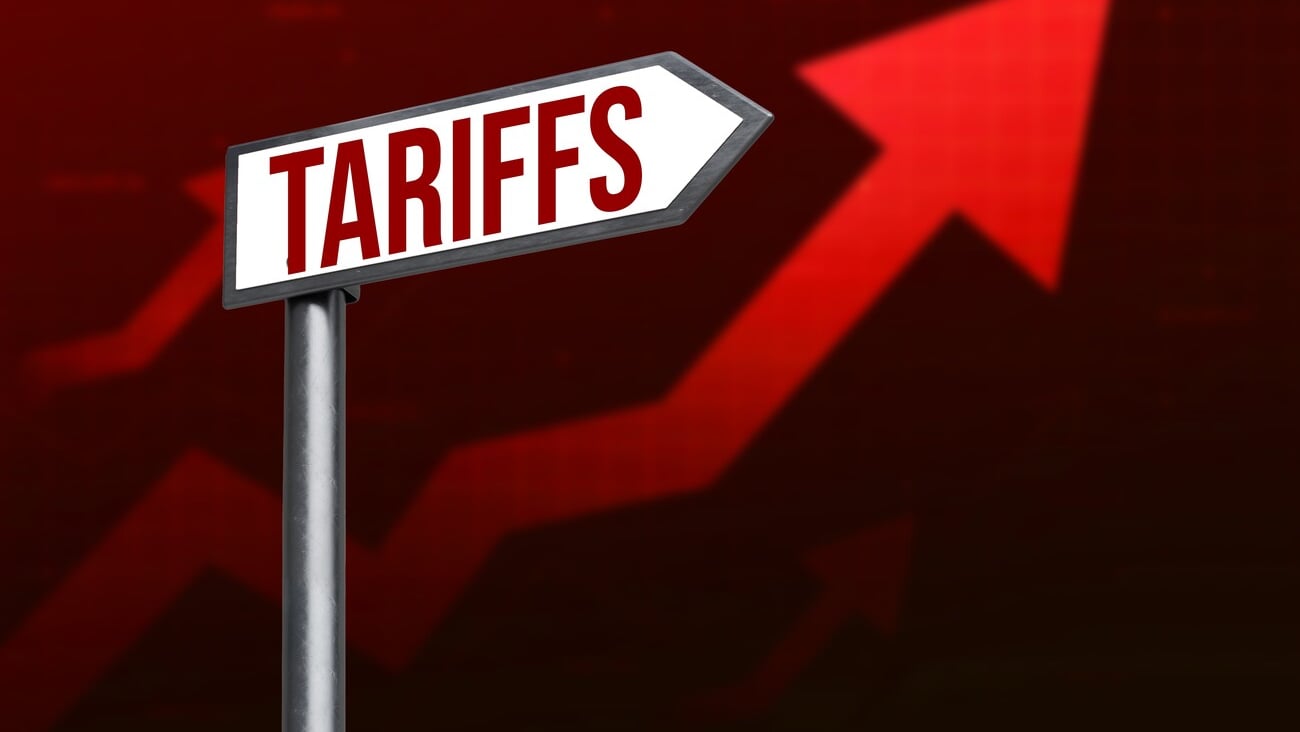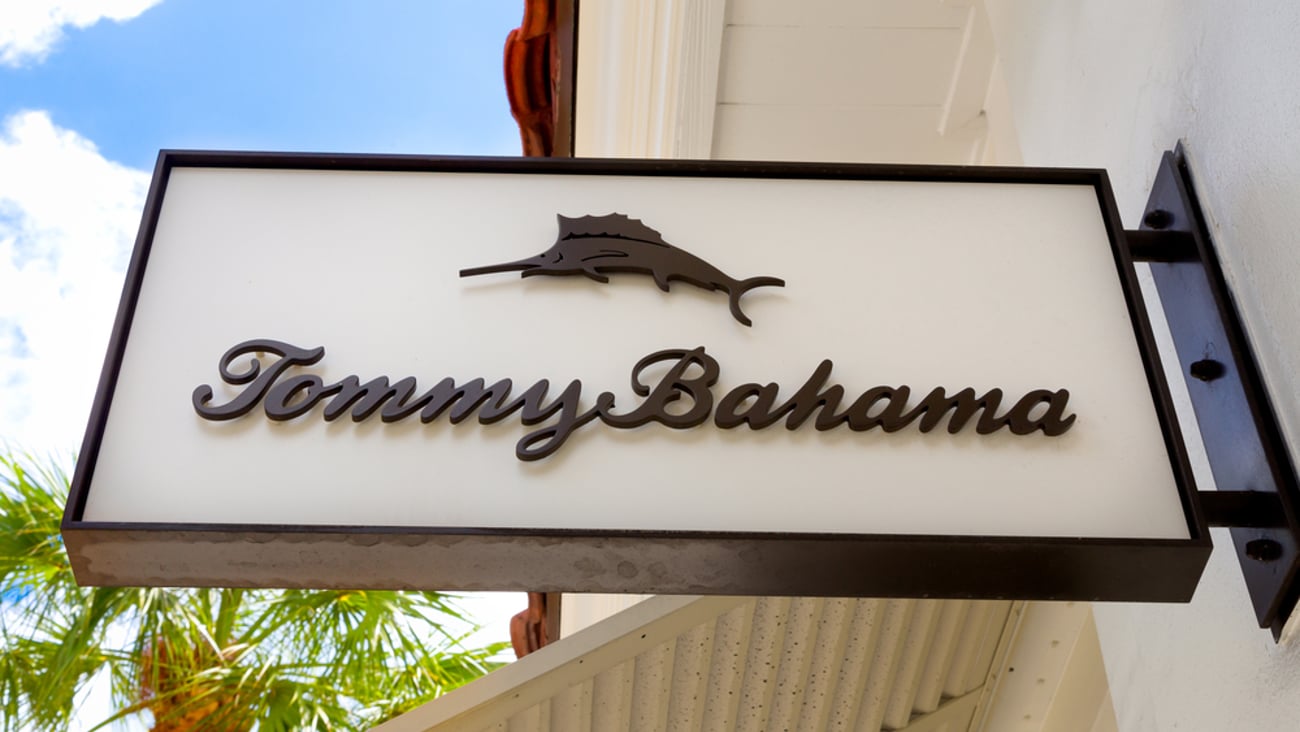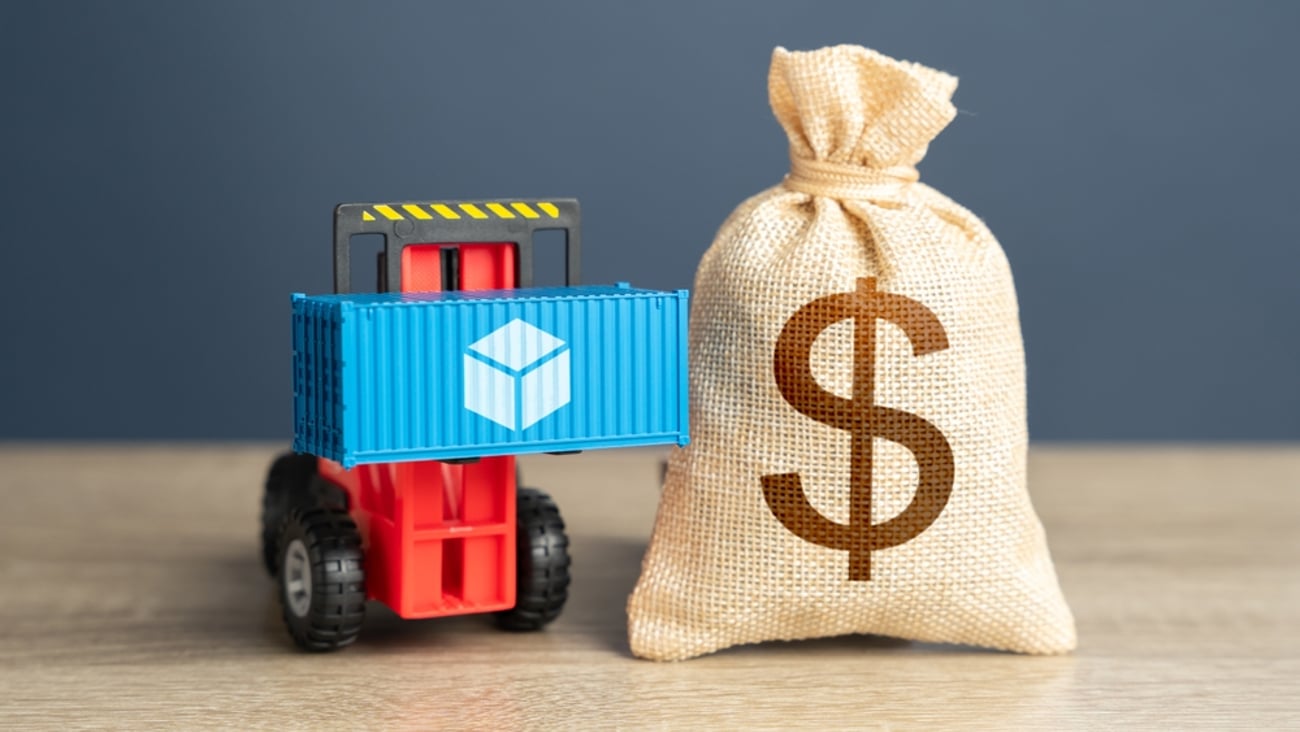Commentary: Three Standout Trends from NRF 2020
The NRF 2020 Vision: Retail’s Big Show saw a record-breaking 40,000 attendees last month, including 16,000 retailers, 800 exhibitors and 200 sessions. While this event always features tons of new retail trends, technologies and predictions, the following three stood out as the key takeaways that will shape the industry in the coming months:
- Frictionless checkout. There are lots of ways customers like to shop, but if there’s one thing we can all agree on it’s that that long waits, technology glitches or other holdups can’t be part of the process. There were several examples of frictionless checkout presented at the show. Intel’s booth, for instance, featured companies such as UST Global, CloudPick and Retail Business Services demonstrating automated checkout using computer sight, motion detection, product sensing and recognition, and payment integration. These technologies are used in venues such as Amazon Go stores where shoppers enter the store and use an app on their phones to browse and take the products they want and then leave without using a cashier or checkout station to pay.
Epson’s booth also featured several frictionless checkout themes with kiosks, unattended checkout and BOPIS (buy online pick-up in store) stations showcasing how customers can shop on their terms. One station featured Aila Technologies’ Interactive Kiosk bundled with Diebold Nixdorf’s self-service solution and Epson’s receipt printer enabling an easy self-checkout experience.
Another solution highlighting frictionless shopping was Shekel Brainweigh Ltd.’s Capsule, an 'autonomous micro-market' integrated with point of sale systems, analytics technology and Hitachi's LiDAR sensors to enable consumers to buy multiple items in one transaction. The company said the Capsule will be fully operational in the first quarter of 2020 and is designed for high-traffic areas such as airports, campuses and workplaces.
- Retail is becoming a C2B (Consumer to Business) world. We’re all familiar with B2B (business to business) and B2C (business to consumer) sales models, but NRF chairman Chris Baldwin emphasized in his opening remarks that retail is moving toward a C2B (consumer to business) sales model where consumers are in charge.
“We know that the majority of young shoppers like it when retailers speak to them personally,” Baldwin added. “To do this, retailers are taking the lead in personalization, [adopting] new technologies that will give the consumer even more power.”
Stacy Siegal, executive VP and general counsel of AEO Inc., parent company of American Eagle, shared an example of this trend by revealing that the retailer is renaming store associates “brand ambassadors.” With the new title, these employees are empowered to handle customer problems themselves and to advocate for the brand. Sak’s Fifth Avenue is employing a similar strategy, equipping its “style advisors” with tablets to look up inventory, perform transactions and access customer information. They also have their own home pages on Saks.com and can connect directly with customers on social media.
Other retailers shared how they’re building deeper connections with consumers over shared values. Cotopaxi and Bombas, for example, put giving back at the core of their strategy, and they’ve seen an increase in customer advocates who feel that their values are reflected in the retailers’ mission.
Retailers with brick-and-mortar locations are also creating personalized customer experiences in their stores by reframing shopping as must-see content and one-of-a-kind experiences. The growing popularity of pop-up stores and experiential retail reflects retailers’ increased attention to customer interest and satisfaction.
Successful immersive customer experience campaigns integrate technology as both a tool and a marketing tactic to target younger audiences and encourage engagement. One of the best examples of this is Camp, which is a network of permanent retail stores with rotating themed experiences. Each store looks like a traditional toy store on the surface until the guest walks through a “magic door” that takes them through a tunnel to an experience center featuring a toy lab, summer camp, cooking class, or holiday experience.
There are three components to the business model, according to Camp CEO Ben Kaufman: selling products, selling tickets to experiences such as magic shows and concerts and offering sponsorships that allow brands to tell their stories.
- Prescriptive data analytics creates brand ambassadors. Besides the important role store associates play in creating a more personalized customer experience, retailers need customer data to be successful. Microsoft CEO Satya Nadella confirmed this point during his keynote address, stating that intelligent retail starts with knowing your customers.
“How do you use all that data, and how do you take digital technologies to the next level to empower employees, enable the digital supply chain and redefine the retail experience itself,” Nadella asked?”
While retailers have never had problems accumulating extensive data, they’ve historically struggled in analyzing data and applying it strategically to solve problems or create new solutions. Technologies like predictive analytics are playing an invaluable role in solving these challenges. Predictive analytics assists retailers in gaining more significant customer insights to create personalized offers in real-time.
Predictive analytics is helping businesses like REI to better understand important information about consumer purchasing behaviors. Seth Hughes, director, asset protection at REI shared his experience with this technology during a panel session.
“As REI has found with our existing POS analytics solution, there are new ways retailers are leveraging data to increase their margins based on data that is clean, validated, organized and updated in real-time, so you are always sure that your data is error-free and ready to be used,” he said. “Individualizing the shopping experience, addressing consumers’ needs based on their step within the customer journey, improving efficiencies and reducing supply chain costs.”
Here’s an example that illustrates how REI uses prescriptive analytics. Let’s say a customer buys a Diamond El Oso Dos Fat Bike from the retailer’s website. Based on the time of year the order is placed (winter) and the customer’s location (Minnesota), they receive a helpful article with their thank you email, titled “Tips for Winter Bicycling,” which includes helpful information about outerwear, head coverage, gloves, footwear, and winter cycling gear relevant to winter cycling.
Also, based on the customer’s shopping history, the analytics tool makes a specific recommendation as to the size and color scheme of a particular outfit that would best align with the customer’s taste and coordinate with the color of their new bicycle. Near the end of the winter season, the customer receives a letter in the mail with helpful advice on transitioning their bike to warmer weather along with a coupon for an item the analytics tool determines is most likely to be a top priority purchase.
The kind if experiences REI gives its customers not only make it easier for them to make specific impulsive buys in the short term, but the retailer also creates an enthusiasm that causes customers to invite others to share in their experience — confirmed by the fact that REI reported 1 million new members last year.
Although we’ll likely continue to see some retail casualties this year, merchants that embrace frictionless checkout, a C2B sales strategy and prescriptive analytics best practices will not only avoid the list, they’ll be the ones vying for greater mindshare and growth.
Mauricio Chacon is group product manager, business systems group, Epson America.





